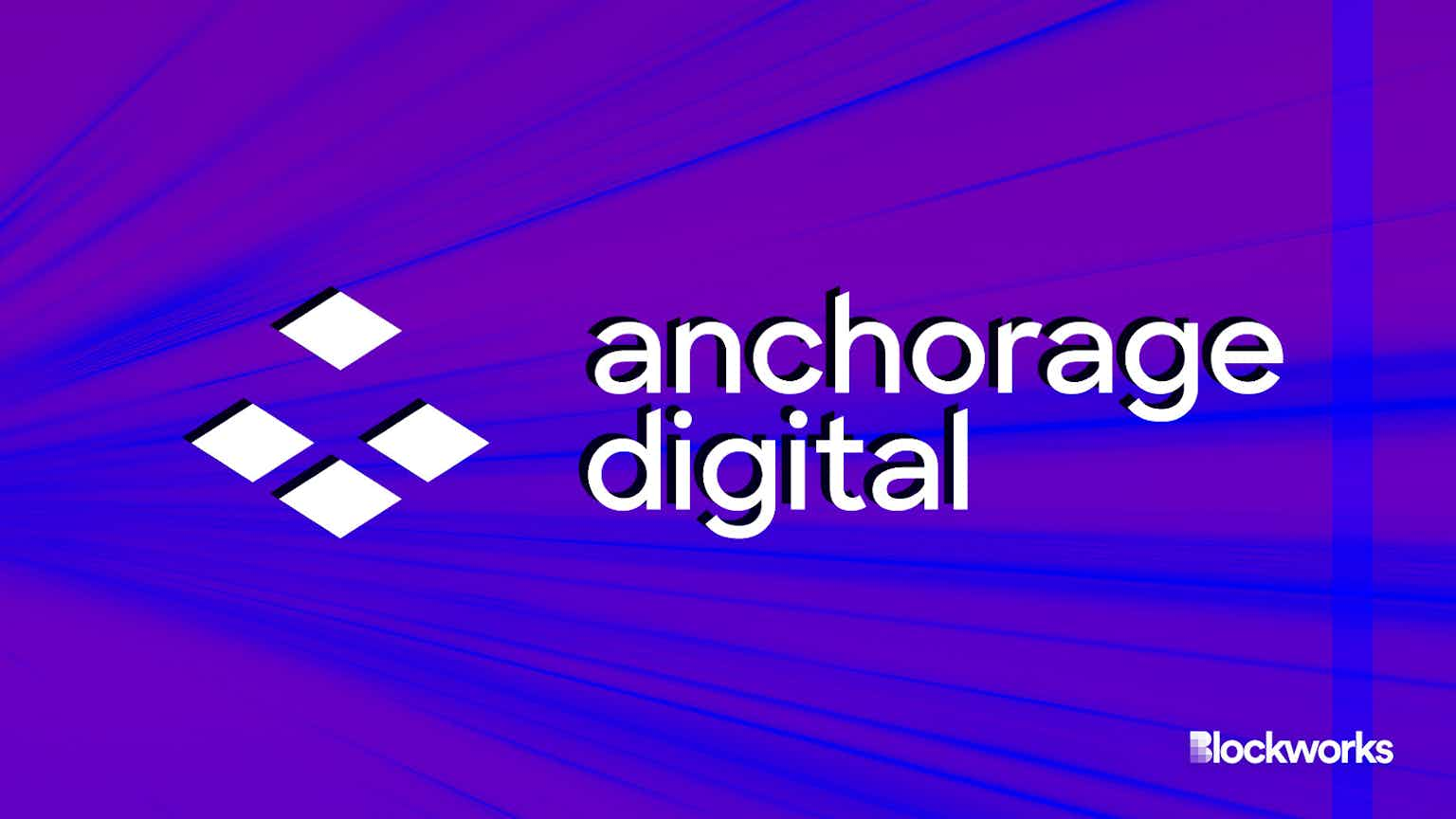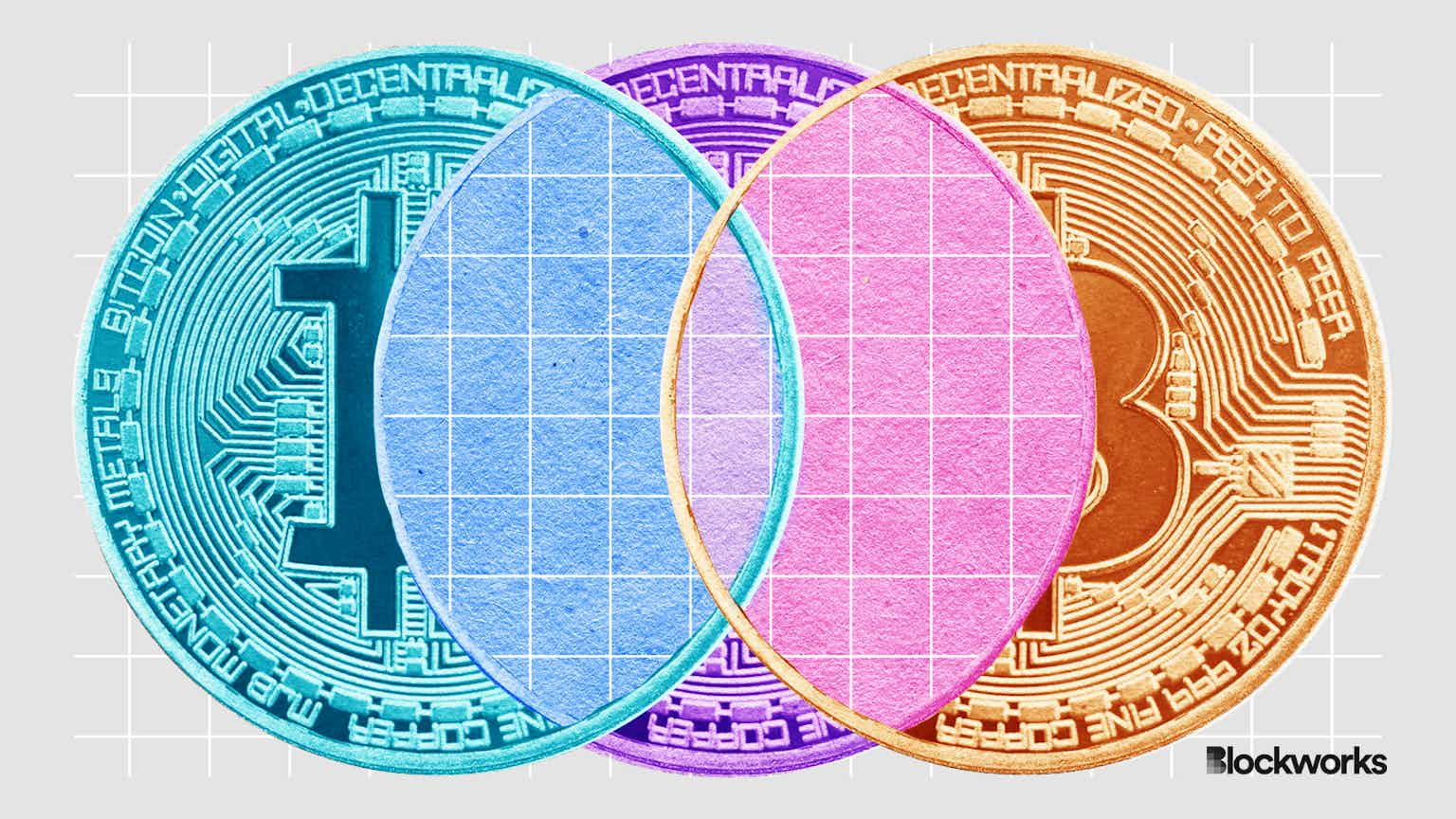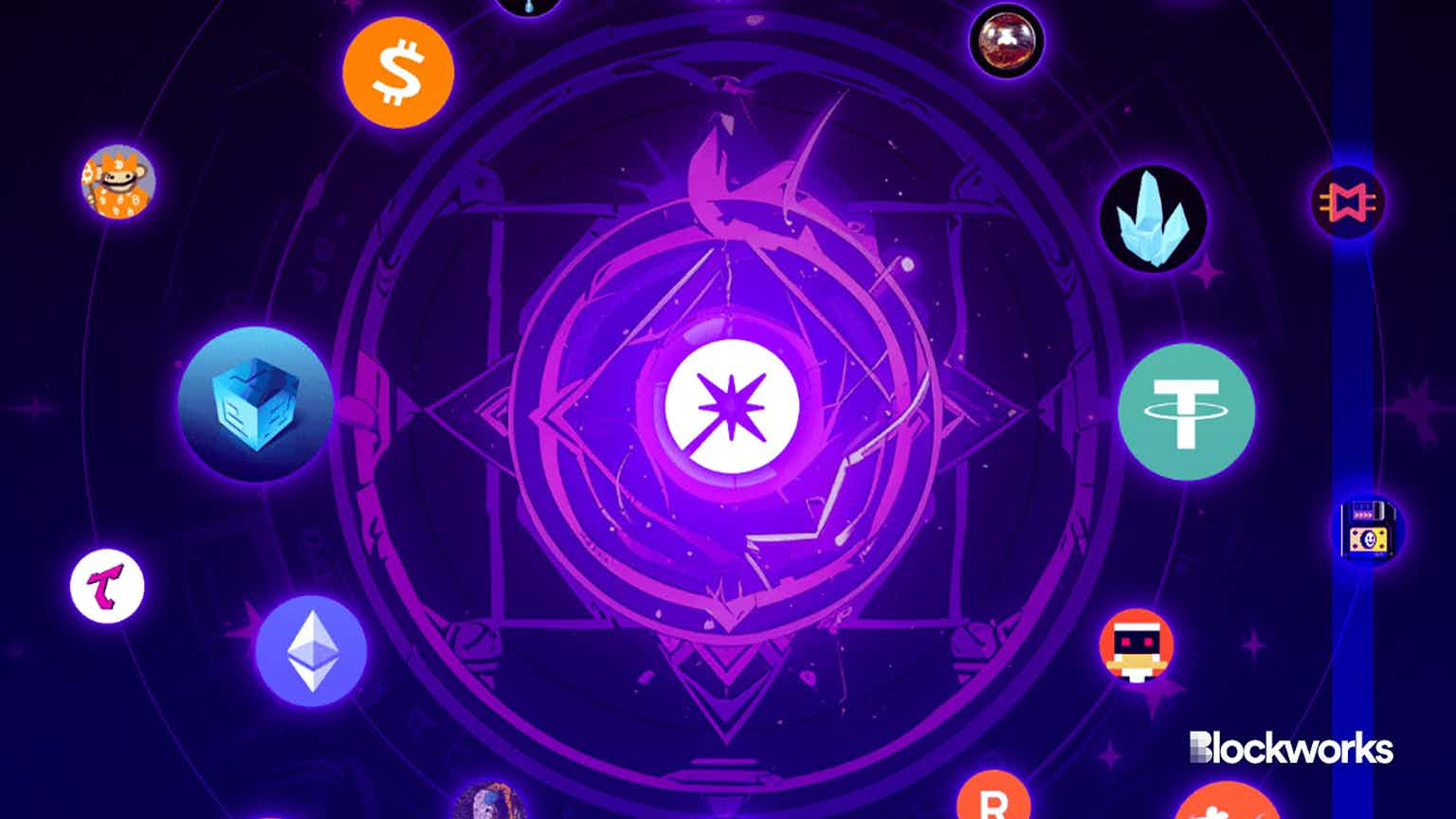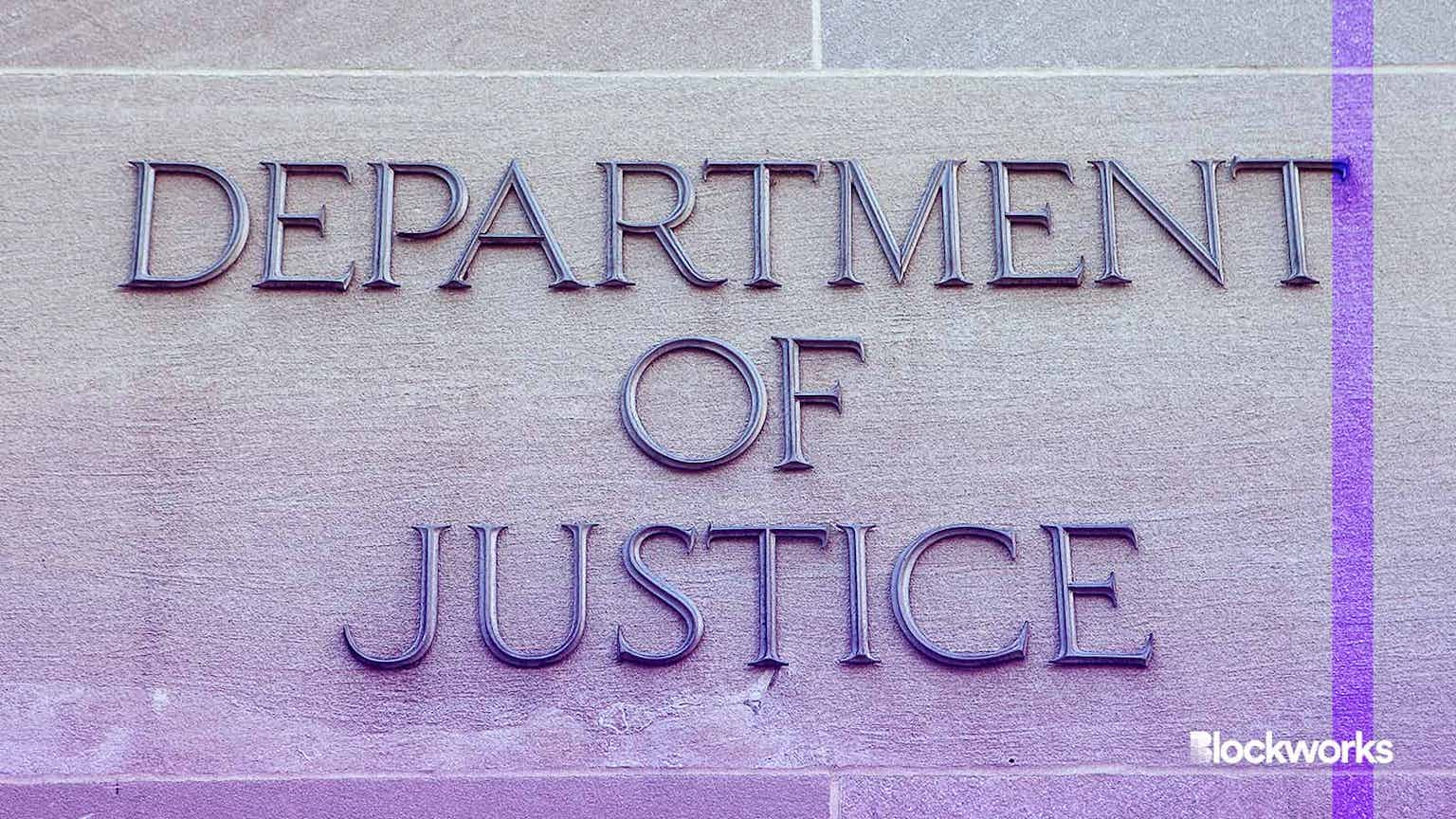Venture Capital Bullish on Building GameFi in a Bear Market
CoinMarketCap looks at how GameFi is faring during its first bear market

Source: DALL·E
key takeaways
- Games built on hype and an unsustainable play-to-earn model collapsed the hardest during downturn
- There is no current go-to blockchain to build GameFi titles on yet
“Gamers gonna game,” as they say, regardless of economic conditions, but the GameFi industry — based on the play-to-earn crypto model — is not immune to greater equities and crypto market downturns.
The number of active users — calculated by the number of unique wallets interacting with games — has gradually declined during the first bear cycle for the nascent blockchain gaming industry, according to data from CoinMarketCap.
Despite the downturn, 2022 has also proven to be the year for GameFi fundraising, according to a recent report from the crypto price-tracking platform and Footprint Analytics.
Investors are bullish on GameFi. As venture capital firms increasingly invest in the open field of Web3, they appear to be dreaming of a future where, if you build it, users will come.
CoinMarketCap found that metaverse and gaming project fundraising saw a huge increase from $874 million in 2021 to $2.4B in 2022. These two segments received more capital than projects within the tooling, trading and lending segments.
The biggest deal funded so far was with Fortnite developer Epic Games, which received $2 billion in April 2022 from Sony Group Corporation and KIRKBI — the investment company behind The Lego Group.
The Sandbox’s parent company, Animoca Brands, was a distant second, raising almost $359 million to “build out the open metaverse” back in January.
Animoca Brands has invested in the highest number of discrete GameFi projects — 52 as of July. Infinity Ventures Crypto and Shima Capital follow with 25 and 23 projects, respectively.
Animoca secured another $100 million in August, from Singapore-based venture capital firm Temasek, to fund its metaverse ambitions.
Temasek also led a $200 million Series C funding round for Immutable, creator of the NFT-focused layer-2 scaling protocol Immutable X, in March.
GameFi and metaverse market is still in the early development phase, given that 48% of the investments are concentrated in the seed round, CoinMarketCap reported.
Yet a breakthrough mainstream hit remains elusive and no go-to blockchain for GameFi has emerged either.
Gaming developers prefer Ethereum-compatible Polygon PoS and BNB chains and WAX (an EOS fork) more so than Ethereum mainnet, due to lower transaction fees.
BNB was an early favorite with the most new game projects per month, but activity has trailed off since the start of the bear market in May.
The top five chains by number of gamers are WAX, which saw its largest increase in the number of active users in July, Hive, Polygon, BNB and Solana.
The standouts are Alien Worlds, built on WAX, and Splinterlands, built on Hive, which are currently the most played games in terms of number of transactions and average 200 thousand active users each. 55% of Wax’s market share comes from Alien Worlds, while 99.85% of Hive’s Market Share comes from Splinterlands.
Developers are increasingly aiming to create multichain ecosystems. Top games DeFi Kingdoms and move-to-earn platform STEPN expanded to two chains each in March, but are plagued by a significant tokenomics issue — games are only profitable as long as new players join. When the number of new players or the price of a game’s native token fall, the effect on users’ return on investment (ROI) tends to result in large scale selling.
For instance, STEPN was once a highly hyped project but was hamstrung by a sharp drop in both active and new GMT token holders after the onset of the bear market. Even so, GMT has the highest average trading volume out of the top GameFi tokens at $1.1 billion.
It may take more than tokenomics tweaks to bring GameFi to the masses, but the funding pouring into the space this year should help projects ride out the bear.
Start your day with top crypto insights from David Canellis and Katherine Ross. Subscribe to the Empire newsletter.





